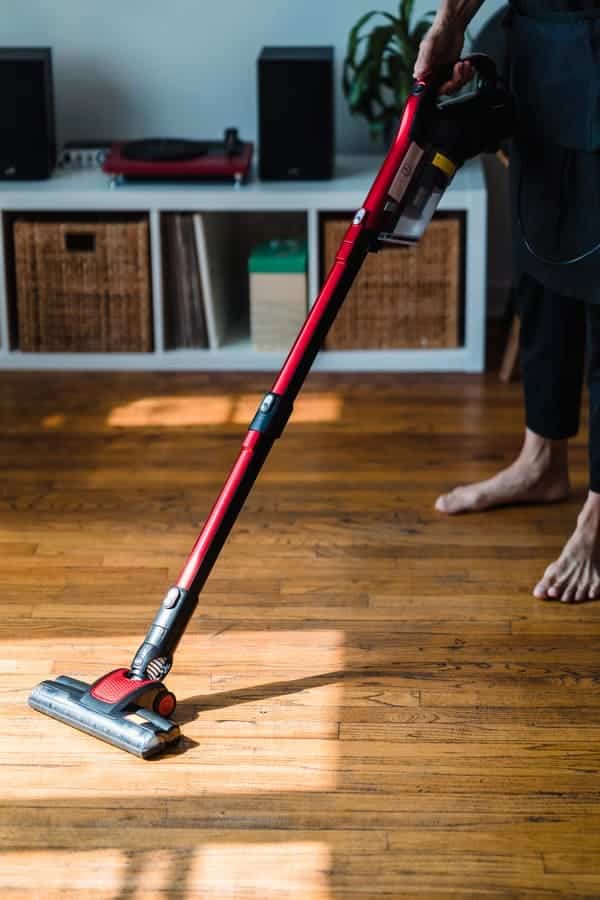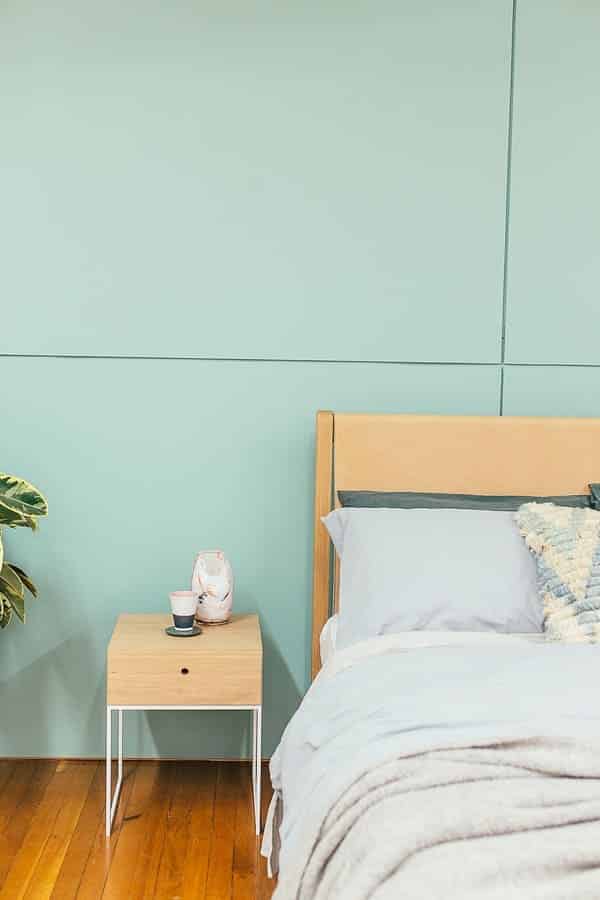Even the cleanest of homes can be dusty and dirt will quickly accumulate if you do not keep on top of it. In order to keep on top of dust, you will need to make an effort to wipe it up every day.
Of course, there are some days when there is no time to dust but you may find that you cough and sneeze more, especially if you have allergies or asthma. The particles in the dust can include pollen, dirt, dead skin cells, mold spores, and other pollutants such as chemicals and treated fabric fibers.
Keeping dust in your home to a minimum is the best way to keep allergy and asthma symptoms at bay and it will also make your home look the best that it can be. A good dusting regime can also help preserve your furniture and electronic equipment.
This involves cleaning on a daily and weekly basis with tasks such as cleaning bedding, changing the filters on your air conditioning system, and vacuuming carpets. If you want to make your house as dust-free as possible we suggest the following 15 ways to reduce dust in your home.
There may be affiliate links in this article. You can read more about this in my disclosure.
Invest in Doormats
Keep the dirt that your visitors bring into your home to a minimum by buying a doormat. It is good to practice having a mat both indoors and outdoors to get rid of as much dirt as possible.
The outdoor mat and possibly the indoor mat should be one with long bristles as they can pick up good levels of mud and dirt. You will need to vacuum your mats regularly to keep them clean.
If you wanted to keep dirt from coming into your home altogether you could always leave slippers out for guests to change into.
[amazon box=”B07G8L135X,B07CC93NMQ,B07DBY9PS7″ grid=”3″]Improve Pet Care

Pets are one of the main sources of dust as they shed so much hair and dead skin cells, which along with the skin from the humans living in the house, can build up very quickly. You should groom your pets on a regular basis, either by yourself or by taking them to a professional pet groomer.
This will not only make your pet look, feel and smell better it will also reduce the build-up of dead skins cells that make their way onto surfaces in your home. It is also important to keep your cat’s litter tray covered and changed on a regular basis.
Keep Windows Closed
It is always nice to keep your windows open to let in fresh air but this can bring added dust into your home. Dust and pollen will enter your home through open windows and doors so if you are experiencing an asthma flare-up or your allergy has been triggered you should close your windows.
You will want to open windows and doors some of the time but try to keep it to a minimum, especially on windy days. If you do want a day of having your windows open you will just need to dust more frequently.
Avoid Carpeting
If you do struggle with dust, whether it be to an allergy or asthma or you simply don’t have the time to dust regularly, you will want to give carpets a miss.
Wooden or tiled floors are much easier to keep dust-free as carpets can harbor a lot of dust, particularly if they have a deep pile. Hard flooring can be quickly swept and mopped each day or when you see dust accumulate, something you cannot always see with carpets.
Vacuum Effectively

Investing in a good vacuum cleaner pays off as inefficient vacuums do not work effectively on dust. Once you have a good quality vacuum cleaner you should use it on a regular basis.
You can give your floors a quick vacuum once a day if you need to but you should give them a thorough vacuum at least once a week. This means using the correct attachments to get into the nooks and crannies where dust can hide.
Most modern vacuums are bagless but if you do have a vacuum with a bag make sure you replace it on a regular basis. If you have a bagless vacuum make sure you empty it on a regular basis and clean the filters and brushes when needed.
Dust Upholstery
While you have your vacuum out make sure you use it on your curtains and sofas too. Vacuuming textiles on a regular basis will help reduce the amount of dust in your home, particularly in your living room and bedroom as they generally have more upholstery and soft furnishings.
Change Bedding weekly
This should go without saying but you should ensure your bedding is changed weekly as sheets and pillowcases will quickly collect dust and dust mites. The skin that is shed through the night along with any sweat and general first will build up throughout the week so cleaning your bedding will reduce the chances of dust causing problems with allergies.
Clean Your Pillows

As well as cleaning your bedding you should also clean your pillows every few weeks. You can pop them into your washing machine if the labels say they can be machine washed or you can just wash them down with a mild detergent and ensure they are fully dry before putting your pillowcases back on for use.
You will reap the rewards of this as there is nothing better than a freshly washed bed!
[amazon box=”B075LTK5PQ” template=”vertical”]Bag up Clothes
If you store your clothes in accordance with seasons, m for example putting all of your jumpers away during summer and your swimwear away during colder months then this could be causing stray fibers and extra dust to accumulate.
To stop dust collecting on unused clothes and bedding, as well as any other fabrics, you can store them in vacuum bags. Using vacuum bags will keep fabric fibers from contributing to the dust and will also save on space.
If you cannot find vacuum bags or want to be able to quickly access stored fabrics a general plastic bag will be effective.
[amazon box=”B00X8KSKF6″ template=”vertical”]Damp It Down
Mopping and wiping surfaces down with a damp cloth can reduce dust significantly. Simple cold water from your tap can be used on a cloth to help capture up to 90% of the dust in your home.
You can use a damp, but not too wet, cloth or a mop if you are dusting down large surfaces, such as wooden floors and tiles.
Beat your Rug

The quickest, and often the best, way to get rid of dust in your house is the old tradition of beating your rugs. You can take them outside onto the lawn or hang them over a balcony and proceed to beat them with a rattan or wire beater.
You will use up a lot of energy when beating your rug, especially if it is a large rug that is heavy, which means it is not suitable for all people, however, it is great if you want a workout too!
Control Static
A build-up of static electricity occurs when rooms are dry, which in turn creates dust that will settle on your furniture. Investing in a humidifier will prevent the air in your home from becoming too dry which will reduce traffic and, hopefully, eliminate as much dust as possible.
[amazon box=”B08FKYJHCF” template=”vertical”]Clean Blinds
Dust can quickly collect in your blinds, so even when you get rid of fabric blinds and curtains you still need to keep on top of the dust that collects. As the light coming in from the window will show up the dust on the blinds you are going to need to dust regularly.
You can use a damp cloth to clean down once a week or so and then just use a duster on a stick to easily dust from day to day.
Tidy Clutter
When you want to keep dust to a minimum you should keep your home as today as possible which means keeping surfaces and floors as clean as possible. It is nice to have personal items out to show and we all know that our houses can get a little messy when we are busy, but taking time to tidy clutter is a great way of reducing dust.

Purchase an Air Purifier
An air purifier will help control the air that circulates through the home and help filter out toxins and pollutants. You can buy a full air purifying system or a small purifier for each room or the rooms that you want to target, such as a dusty bedroom.
[amazon box=”B07VVK39F7″ template=”vertical”]Conclusion
As you can see, there are lots of ways that you can reduce the amount of dust in your home that will make your life so much easier and cleaner. By following these 15 ways to reduce dust you will see your allergy symptoms reduce and you can relax in a clean, dust-free (well, as much as possible) home.



